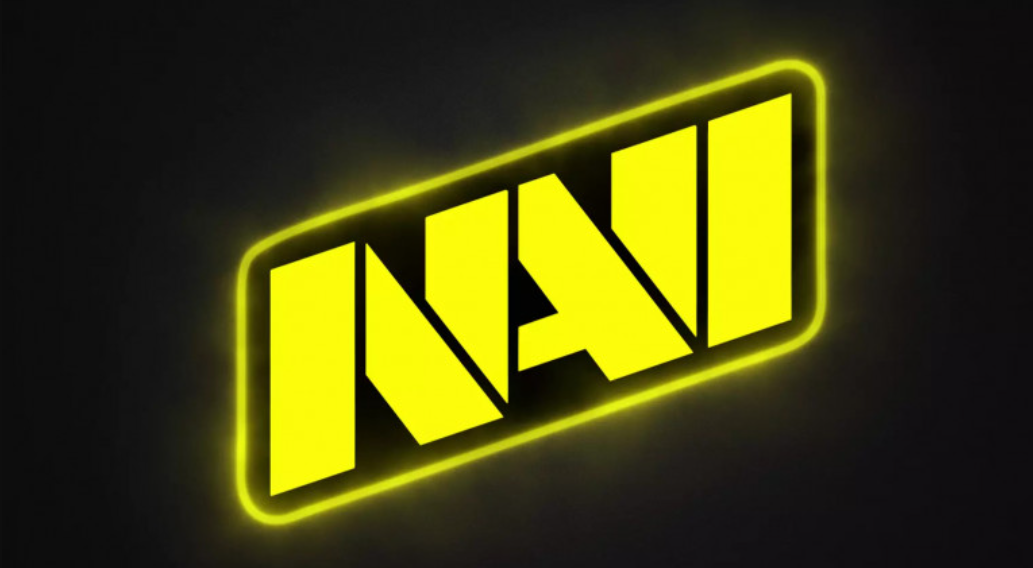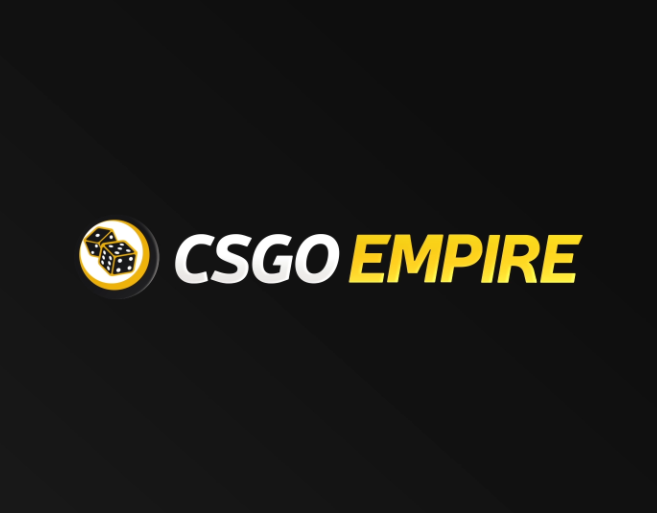

In the IEM Cologne 2025 quarterfinal, NAVI defeated The MongolZ 2–1. Although the result appears solid, the underlying structure tells a different story. NAVI won one map convincingly, but struggled to maintain system discipline on the other two. Mirage was dropped due to a complete absence of mid control. Inferno was decided by individual clutch moments rather than planned execution. Only Ancient showed tactical integrity across both halves.
Map 1 – Mirage (9:13): Lacking Mid Control, Passive Defaults
Offensive Phase
NAVI failed to exert pressure on mid throughout the first half. No connector presence, no short boosts, and all A-site entries were executed via dry walks with minimal utility. The MongolZ comfortably contained every attempt by reading timing and denying early map presence.
Defensive Phase
NAVI maintained static setups on CT side with no mid re-aggression. Stairs and jungle were passive, leaving A-site vulnerable to short-to-connector splits. In 4v4 rounds, there were no positional adjustments, and The MongolZ consistently entered with space control.
Map 2 – Ancient (13:5): Structured Response, Controlled Space
CT Execution
NAVI deployed a three-layer cave control using molotov, HE, and boost setups. Perfecto and b1t worked in tandem with quick rotations from temple (average timing: 1.4 seconds). The MongolZ were unable to open short or alley without significant delays, and NAVI consistently punished overextension.
T Execution
On the T side, NAVI operated a 3-1-1 structure, stalling until 40 seconds before executing. iM’s mid-lurks were well-timed, particularly on donut contests. B-site takes were executed only after baiting A rotations. Post-plant setups were distributed wide, favoring layered crossfire rather than site stacking.
Map 3 – Inferno (13:11): Win Through Clutches, Not Control
CT Side
Perfecto was left alone on B-site in multiple rounds. NAVI never rotated early based on second-mid reads. Three retakes were won through late clutches or opponent errors, not setup advantages. Library support was absent in six rounds where the site was taken.
T Side
NAVI’s attacks followed dry banana defaults without pressure on long or apartments. A-site entries came through balcony or short, lacking the second-layer utility needed to suppress rotates. Post-plant control was improvised and reliant on individual duels.
Behavioral Matrix: NAVI Map Performance
| Component | Mirage | Ancient | Inferno |
|---|---|---|---|
| Mid Control | Absent | Partial, via iM | Minimal |
| Entry Discipline | Dry pushes | Utility + lurk synced | No second layer |
| AWP Impact | Nonexistent | Limited | Reactive only |
| CT Crossfire | Disjointed | Functional | Missing |
| Post-Plant Structure | Unstable | Stretched and layered | Improvised |
Betting Takeaways
- NAVI’s only stable structure exists on Ancient. Mirage and Inferno lack consistent calls, mid-round reactions, and utility layering.
- Pre-match confidence applies only if Ancient or Overpass is in the veto. On Mirage or Inferno, NAVI fails to stabilize early or recover late.
- Live entries should be considered only after pistol wins or second full buys. Economic resets between rounds 5–7 usually break NAVI’s round cohesion.
- Total Over 26.5 becomes likely on maps where NAVI lacks retake control, especially on Inferno and Mirage.
Conclusion
NAVI advanced, but without establishing a reliable identity. The team showed control only on Ancient. On other maps, they operated without depth in positioning, no fallback options after losing early contact, and no structured AWP entry dynamics. Future performance depends entirely on draft protection and opponent’s inability to exploit space. Against coordinated map pressure, this NAVI lineup remains vulnerable.


|
Mary S Colbert is a Chief Content Editor at csgobettings.gg, specializing in CS2 with over 8 years of experience as an e-sports analyst. Her informative articles on the game have made her a go-to resource for fans and her expertise is widely respected within the industry.
|














